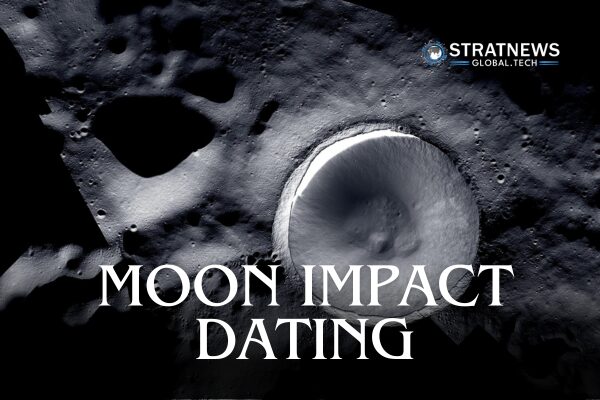Lunar Discovery Pushes Back Date of Moon’s Early Impacts by 100 Million Years
Chinese and international scientists have determined that the Apollo Basin, a massive impact site on the far side of the moon, was formed around 4.16 billion years ago. This key finding, published in Nature Astronomy, is based on lunar samples collected during China’s Chang’e-6 mission in 2024.
The discovery offers valuable insight into the Late Heavy Bombardment (LHB), a period marked by intense asteroid strikes across the solar system. The Apollo Basin, situated within the vast South Pole-Aitken Basin, is believed to have formed during the early phase of the LHB. By accurately dating it, researchers aim to better understand how and when the LHB unfolded.
Chang’e-6 Samples Offer New Evidence
The Chang’e-6 mission collected over 1.93 kilograms of lunar material after landing in the Apollo Basin last year. A team led by Xu Yigang at the Chinese Academy of Sciences analysed three small clasts, each between 150 and 350 micrometres wide. These clasts, identified as impact-melt fragments, were created during the basin-forming collision and serve as time markers for that event.
Using geochemical data, remote sensing images, and advanced dating techniques, the researchers pinpointed the formation of the Apollo Basin to roughly 4.16 billion years ago. This pushes back the estimated start of the LHB on the moon by at least 100 million years.
Gradual Impact Decline Challenges Long-Held Theory
Previously, scientists debated whether the LHB occurred as a single intense spike in impacts between 3.8 billion and 4 billion years ago, or as a steady decline in activity. The latest findings support a gradual decrease in asteroid strikes, rather than a sudden surge. This refutes the long-held “impact storm” theory and suggests a slower decay in impact events over time.
Chen Jingyou, a researcher from the same institute, noted the significance of these results: “Prior to our discovery, it was thought the moon experienced a brief, intense period of impacts. Our dating of the Apollo Basin offers fresh clarity.”
Broader Insights into Lunar Evolution
Earlier in 2025, a separate study revealed that the larger South Pole-Aitken Basin likely formed around 4.25 billion years ago. That study, also based on Chang’e-6 samples, provided important clues about the moon’s earliest geological history.
In July, additional findings from the mission were released. These studies focused on areas like volcanic activity, ancient magnetism, water presence, and the geochemical structure of the lunar mantle. Together, the data is helping researchers piece together the broader story of the moon’s—and by extension, Earth’s—early development.
with inputs from Reuters


